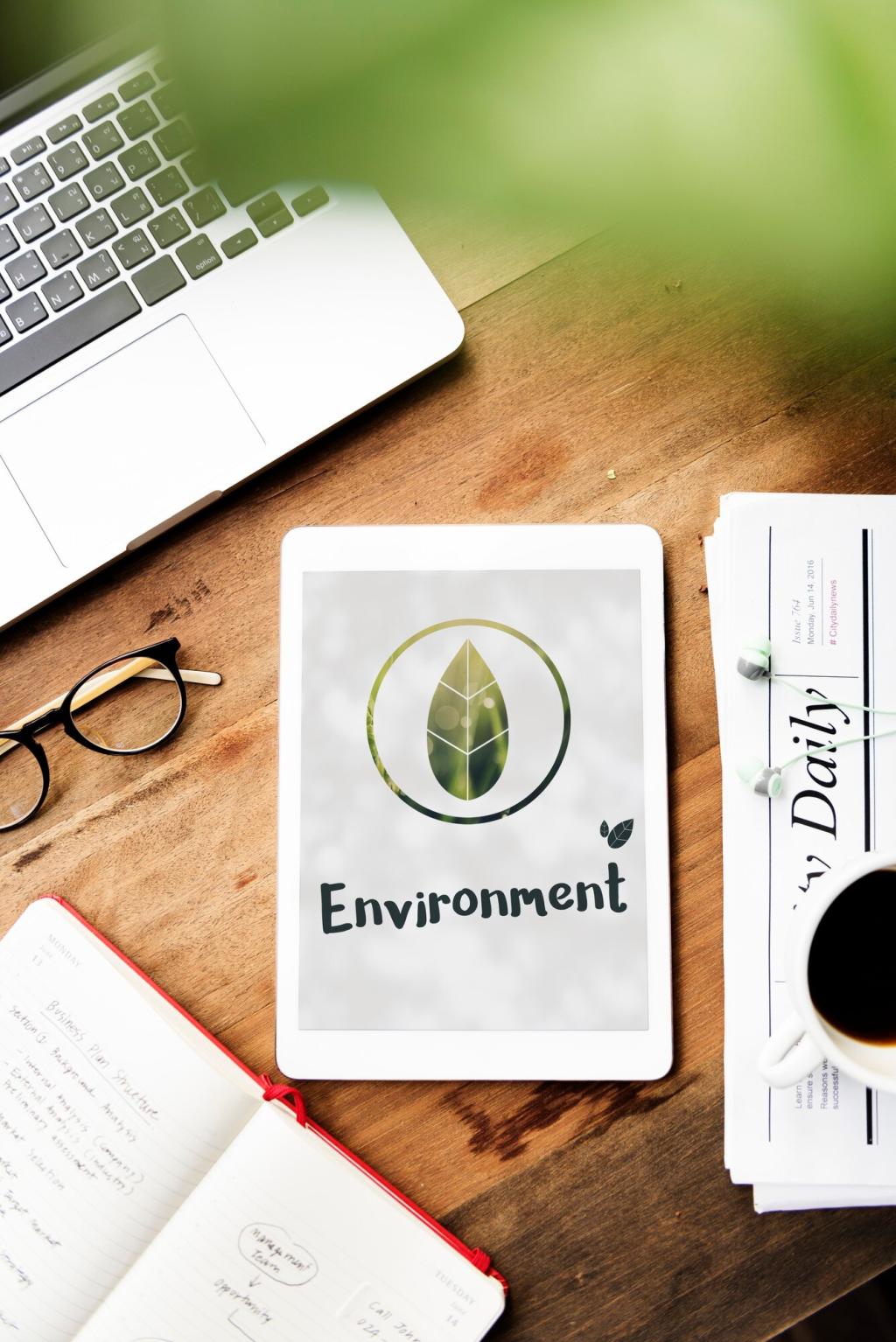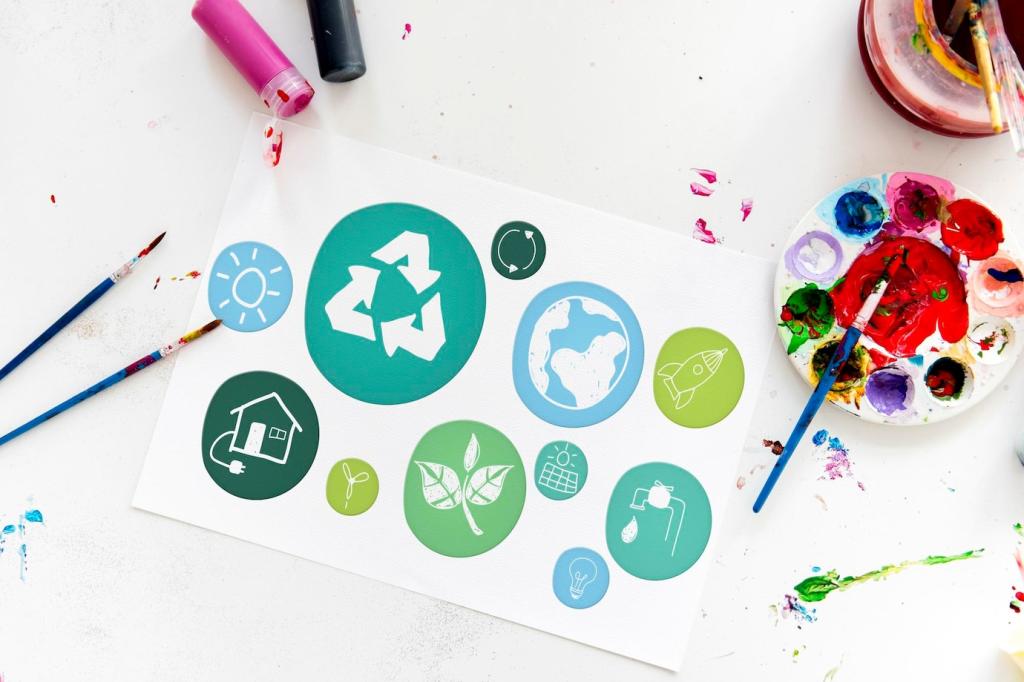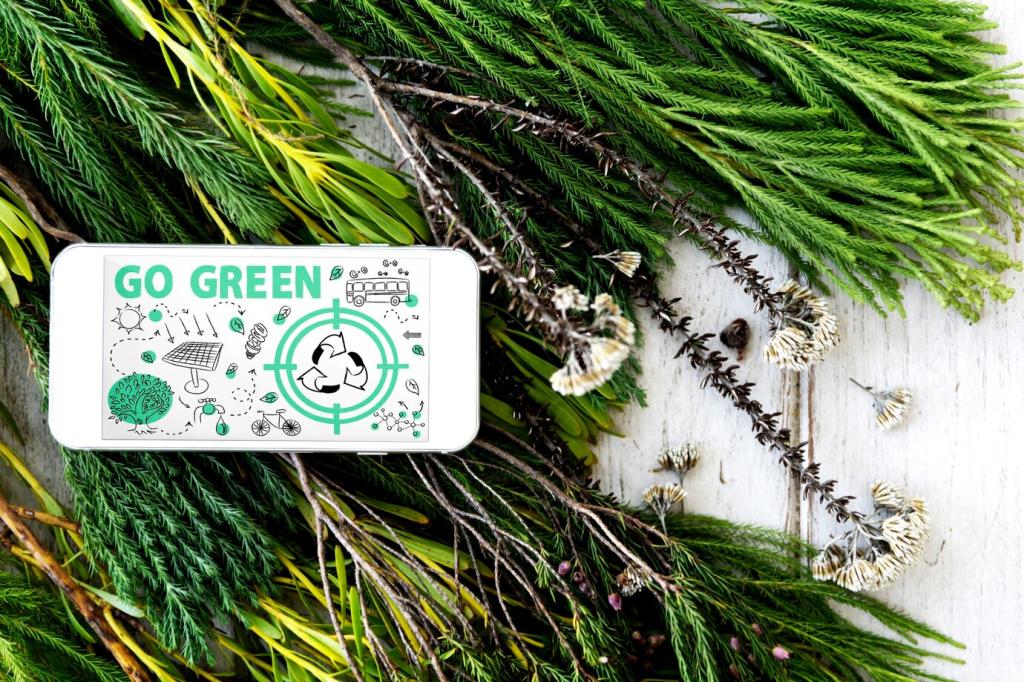The Power of Words: Inspiring Sustainability through Copywriting
Chosen theme: The Power of Words: Inspiring Sustainability through Copywriting. Welcome in—this is where compassionate language, clear truths, and imaginative stories turn good intentions into daily habits, powerful movements, and measurable climate wins. Subscribe, share your voice, and help words plant lasting change.

The Psychology Behind Sustainable Language
Reframing is transformative. Say “Save $120 a year and 200 kg of CO₂” instead of “Cut back.” People act faster when benefits are immediate, specific, and enjoyable. Try spotlighting comfort, pride, and convenience, then invite a quick, low‑risk first step.

Voice and Tone for Eco‑Conscious Brands
Perfection erodes trust. Admit constraints, explain your current best choice, and outline the next improvement. Language like “Here’s where we are, and here’s what we’re fixing next” invites participation and reduces skepticism without diluting ambition.

Storytelling That Moves People to Act
01
Give the planet a stake in the plot
Treat the environment as a character whose wellbeing rises with each choice. A shop’s refill station becomes a mentor; the reader is the hero. This framing turns ordinary tasks into meaningful scenes with satisfying, repeatable victories.
02
A neighborhood compost pilot finds its voice
We wrote door‑hanger notes that said, “Your orange peels can light our park.” Participation doubled in three weeks. Residents posted recipes, swapped bins, and asked for garden tips. Story first, facts second—then facts felt like proof, not pressure.
03
Use sensory detail to anchor impact
Let readers hear bottles clink, smell citrus peels, and feel warm mugs brewed with saved energy. Sensory copy grounds abstract impact in lived experience, making results relatable—and making the next sustainable decision feel naturally within reach.
Microcopy That Nudges Greener Choices
Replace vague prompts with clear, mission‑aligned actions: “Start your refill routine,” “Switch to paperless now,” “Set a weekly bike reminder.” Pair verbs with benefits, preview the next step, and reassure with short, friendly micro‑confirmations.
Microcopy That Nudges Greener Choices
Pre‑select greener shipping with a transparent note and an easy opt‑out. Label impacts beside options, not after checkout. Time prompts when intent is highest—cart, calendar, or confirmation screens—so choices feel helpful, not intrusive or confusing.


Data, Credibility, and Anti‑Greenwashing
Link to methodologies, list partners, and date reports. Use summaries before charts, and offer a glossary for jargon. Readers who understand your data story become ambassadors who repeat it accurately across their conversations and channels.
Invite pledges and personal stories
Create a simple pledge page and prompt readers: “What change felt easiest this week?” Curate quotes, tag contributors, and highlight diverse voices. Ask readers to comment with their next step and subscribe for monthly inspiration grounded in real lives.
Run challenges with visible feedback loops
A 30‑day low‑waste challenge works best with weekly shout‑outs, progress meters, and shared tips. Celebrate imperfect attempts. Offer printable checklists and a hashtag so participants learn together, stay accountable, and inspire newcomers to join confidently.
Make your newsletter a ritual
Pick a cadence readers can trust. Include one story, one tip, and one action. Keep the subject line human, track replies, and invite topic requests. Ask subscribers which sustainability roadblocks you should unpack next issue, then follow through.
